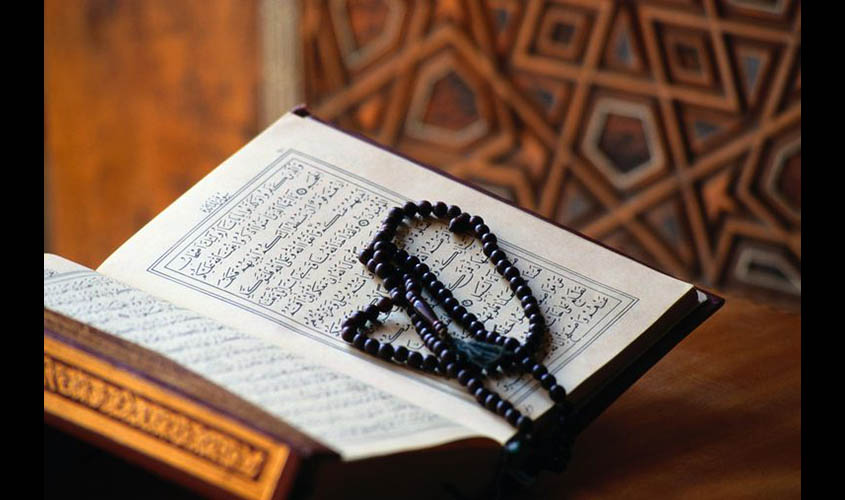The difficulty is that self-appointed custodians of Islam have taken it upon themselves to set things right using violence.
Medieval Muslims did not always announce their arrival in a particular region with widespread bloodshed. Compared to the irruptions of the Mongols and several other accounts of conquests during medieval times, the Turkish invasion of Hindustan and the advent of the Mughals did not result in large-scale violence and demographic dislocations. Also, though some temples might have been destroyed in the wake of confrontations, mainly to announce the end of the prevailing political order, it must be noted that scholars of prachin (ancient) temple architecture in many parts of India have dated the construction of these temples during the heyday of Muslim power in the subcontinent—between the 13th and 18th centuries. Popular notions about the general desecration of Hindu temples under Muslim rulers simply do not take into account facts about the construction and maintenance of many prominent Hindu shrines through the medieval period.
Some of the prevailing misunderstandings and confusion regarding Islam are due to the misinterpretation of the notion of jihad, loosely translated as holy-war on behalf of God. On a closer look, the theoretical positions clearly identify jihad as the struggle to control one’s own lower-self (nafs), to enable one to tread the righteous path for eternal bliss; it is a struggle of great value (Jihad-i-Akbar). Lesser struggles (Jihad-i-Asghar) may involve combat to enforce the righteous path shown by God; these are usually taken up by fundamentalist and extremist groups who do not have any moral authority to do so. They celebrate it as a holy-war with freedom to kill and die. This is despite the fact that the Quranic encouragement for establishing “acts of virtue” and forbidding “reprehensible conduct” is not, in any way, a free licence to kill. The difficulty with Islam in the current context is that self-appointed custodians of the faith have taken it upon themselves to set things “right” in a violent manner, according to their misplaced understanding of Islam.
Among other claimants as followers of the path of Prophet Muhammad and devoted to the love of God, the role of Sufis, not only as conduits of Muslim power but also as legitimisers of the policy of acceptance and accommodation at the social level, needs serious attention. Even as “orthodox” (ba-shara) Sufi traditions were concerned with restricting deviations from the foundational categories of Islam and ensuring the continuation of Muslim rule in medieval India, their belief in unity within multiplicity contributed to religious synthesis and cultural amalgamation. This complex and contentious belief was elaborated as the doctrine of Wahdat-ul-Wujud (unity of being), which was originally propounded by the 13th-century Iberian Sufi, Ibn-i al-Arabi, and sounded similar to the doctrine of Advaita (non-duality) of ancient Hindu tradition.
Also, the presence of some influential Sufi orders (silsilas) such as Chishti (from Chisht, now in Afghanistan) and Qadiri (owing spiritual allegiance to the 12th-century saint of Baghdad, Sheikh Abdul Qadir Jilani) ensured that rulers did not give into the Islamic orthodoxy’s demand that non-Muslims be given the option of Islam or death, even if they were capable of carrying out the vicious agenda. However, there were limits to the Sufi policy of assimilation, which emerged when their power, additional benefits and authoritative position in society were at stake, or when their role as Islamisers was emphasised.
Further, contrary to the narrow framework and fanaticism of theologians, philosophers of the first few centuries of Islam came up with their own critical readings of the shariat. Their version of Islam, particularly of political ideals sanctioned in it, was much more inclusive and derived from diverse ancient sources. Ideas borrowed from a variety of traditions were blended together and presented in Islamic idioms in such a way that they could not be easily identified as something from outside the pale of Islam.
The theologians, however, ensured that such borrowing or appropriation was allowed only up to an extent. A strict vigil was maintained to ensure that deviations from the standard early interpretations were within limits, even as concessions were sometimes made for extraordinary situations in certain contexts. In the struggle to use political power to ensure that particular interpretations of Islam dominated Muslim politics and societies, the conformist theologians succeeded over rationalist philosophers. The success of theologians, however, did not mean that the everyday life of common Muslims was all about virtue and piety. Sinners always did transgress the limits imposed by the shariat. The possibility of sinning and the pleasures offered by deviance is much celebrated in medieval and early modern Islamic literature. Indeed, powerful writings of litterateurs, historians and philosophers offered fascinating internal critiques in Islam in all their tantalising details.
This column is based on edited excerpts from Raziuddin Aquil’s book, The Muslim Question: Understanding Islam and Indian History, published by Penguin Random House.

